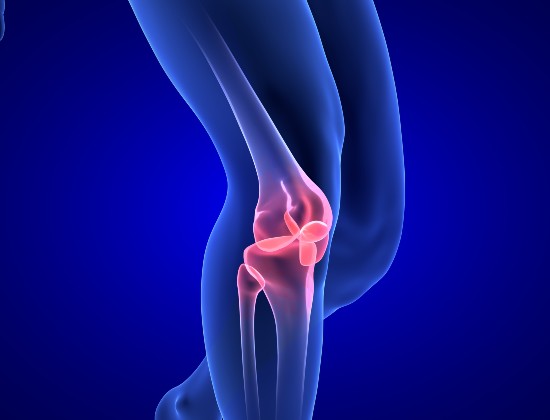Anterior cruciate ligament (ACL) reconstruction
ACL reconstruction is a surgical procedure that involves taking a piece of tissue from a tendon to replace a torn tendon. This is then fixed to the bone with biodegradable screws and does not normally need further surgery in the future. (If tissue is taken from you, it is called an autograft; if donated by another person it is known as an allograft.)
How is surgery carried out?
Surgery is carried out using arthroscopy, a type of keyhole surgery using a small telescope like camera to remove or repair the tissues and correct any problems.
After surgery
After surgery you will need crutches and a brace to keep the knee straight and avoid further injury. You will be offered painkillers to manage the pain and be given a plan of exercise to promote recovery.
Everyone is different, so healing and post-operative rehabilitation will vary from person to person. Each patient will be assessed and treated according to his or her own progress after surgery. The ward physiotherapist will give you some simple exercises while you are still in hospital to help with your recovery. The exercises aim to get your knee comfortably moving again, strengthen your muscles and aid your circulation.
Once you are able to walk comfortably and safely, both on flat ground and on the stairs, and you have a satisfactory range of movement in your knee, you will be ready to return home.
Are there any risks?
Complications following ACL reconstruction surgery are rare. However, they can include:
- Infection
- Deep vein thrombosis
- Swelling
- Stiffness
We take all necessary measures to reduce all potential risks to a minimum.
How long does it take to get back to normal?
The time it takes to recover following ACL reconstruction surgery varies from one person to the next. There are many factors that determine the rate of recovery following surgery and how soon someone returns to their daily lives, these include:
- Body weight, fitness and strength levels
- Motivation and adherence to a rehabilitation programme
As an approximation, within 6-8 weeks on average patients will have full movement of the knee with minimal pain/swelling. At 3-4 months it is predicted that patients are able to start jogging with an even running style and without a limp. Finally, within 6-9 months a good level of general fitness will be achieved in order to return to sport.
Important: This information is only a guideline to help you understand your treatment and what to expect. Everyone is different and your rehabilitation may be quicker or slower than other people’s. Please contact us for advice if you’re worried about any aspect of your health or recovery.


